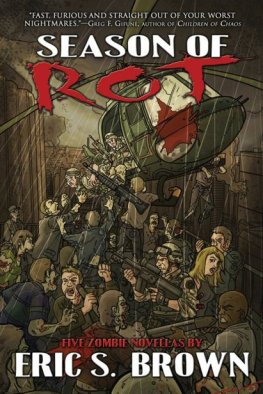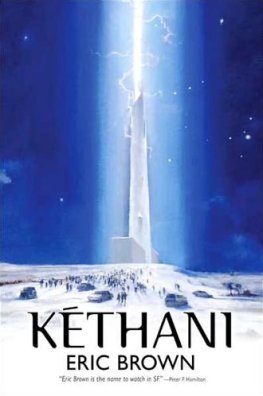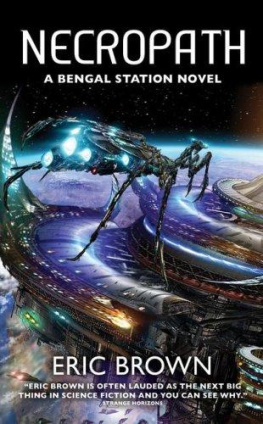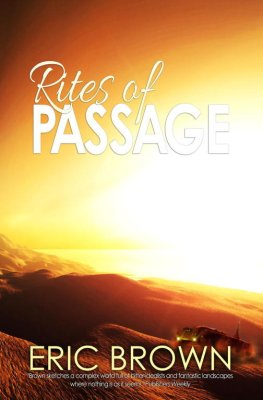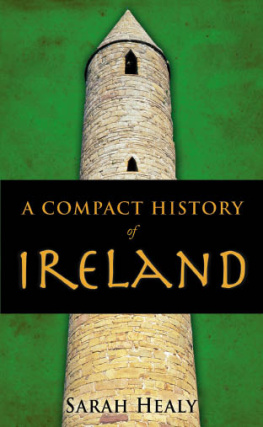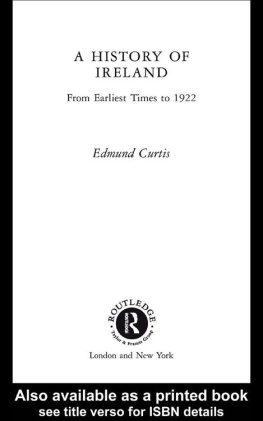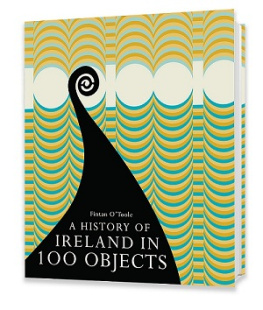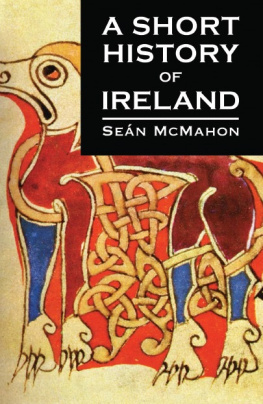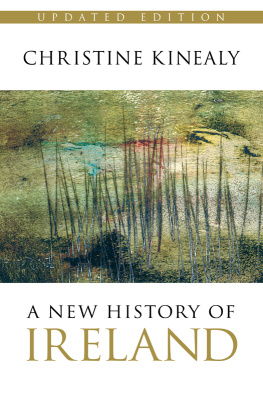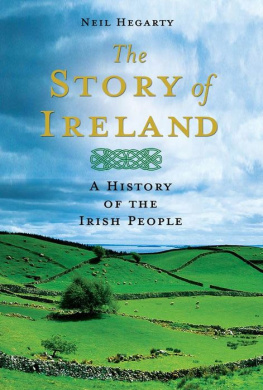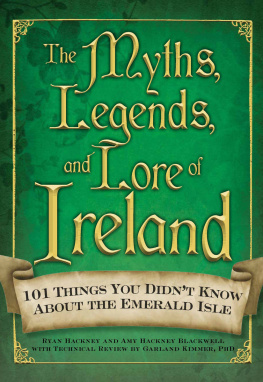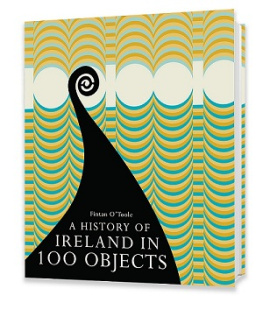Irish History
A Concise Overview of the History of Ireland From Start to End
Text Copyright Eric Brown
All rights reserved. No part of this guide may be reproduced in any form without permission in writing from the publisher except in the case of brief quotations embodied in critical articles or reviews.
Legal & Disclaimer
The information contained in this book and its contents is not designed to replace or take the place of any form of medical or professional advice; and is not meant to replace the need for independent medical, financial, legal or other professional advice or services, as may be required. The content and information in this book has been provided for educational and entertainment purposes only.
The content and information contained in this book has been compiled from sources deemed reliable, and it is accurate to the best of the Author's knowledge, information and belief. However, the Author cannot guarantee its accuracy and validity and cannot be held liable for any errors and/or omissions. Further, changes are periodically made to this book as and when needed. Where appropriate and/or necessary, you must consult a professional (including but not limited to your doctor, attorney, financial advisor or such other professional advisor) before using any of the suggested remedies, techniques, or information in this book.
Upon using the contents and information contained in this book, you agree to hold harmless the Author from and against any damages, costs, and expenses, including any legal fees potentially resulting from the application of any of the information provided by this book. This disclaimer applies to any loss, damages or injury caused by the use and application, whether directly or indirectly, of any advice or information presented, whether for breach of contract, tort, negligence, personal injury, criminal intent, or under any other cause of action.
You agree to accept all risks of using the information presented inside this book.
You agree that by continuing to read this book, where appropriate and/or necessary, you shall consult a professional (including but not limited to your doctor, attorney, or financial advisor or such other advisor as needed) before using any of the suggested remedies, techniques, or information in this book.
Table of Contents
Introduction
Just like any history, the history of Ireland seems an endless series of struggles and bloody battles as the local natives fight against invading foreign forces. Often perceived as a remote, distant, and isolated backwater, the Irish history denies any truth to it even when it is often discussed merely as an offshoot to that of the English.
Ireland has its own distinctive character as exemplified by its history. Ireland close connection with Britain somehow has had profound influences on the country in many ways although the influence in culture managed to flow in both ways and yet remained to be just one portion of the adverse and fascinating history.
The country's history is embedded not just in the cityscapes but scattered throughout the numerous landscape throughout the country in the form of historical monuments and archaeological edifice. A closer look at the landscape itself reveals the historical imprints that account for what Ireland is today.
Those long years of hostility and tumultuous battles with the colonists had helped engraved in every Irish their own national identity which have been long trampled by foreign invaders and which today have to mold them to appreciate their freedom.
This book The Irish History is written to make everyone aware how Ireland had gone through those periods of hostility and colonization that despite the power struggle between religion and politics which lead to loss of lives and properties of the common people, still, they fought both for survival and for redemption of their lands which have been stolen in broad daylight.
The History of Ireland is a challenge to everyone, especially to those descendants of the people who have fought hard just so they can take back their lands for their children and future generations. Many generations have passed since the last Civil War but the lesson of the War is enough to make everyone aware through this book that power struggle can occur anytime and unless you unify and get ready to protect your lands, there will always be invaders to come and take it from you.
Nationality is not only seen in arms struggles but in the unification of your dreams and hopes for a better future of the lands that have been your home and that of your forefathers who have willingly sacrificed their lives for the freedom of the next generations.
Chapter 1: Ireland in the Early Time
T he topography of Ireland as we can see today was actually made up of waves after waves of glaciers a long time ago and before the coming of settlers. But underneath those covering sheets of glaciers, Ireland was made up of very old rock.
During the mountain-building era the Caledonian orogeny and Armorican phase, a large portion of north-western Europe were folded to form the mountains of Himalayas. The long period covering the Ice Ages reduced these mountains with the remnant of the once vast mountain chains discovered in Scotland, Scandinavia, and Ireland. About 75% of the land area of Ireland today is below 492 feet while the highest point is about 3,414 high which is the Carrantuohill, County Kerry).
The majority of the regions of Ireland were formed by glaciation in the last period of the Ice Age of 20,000-10000 years ago which retained deposits of sheets of drift material in lowland areas. Such material later formed the unevenly laid fertile agricultural land consisting of gravel and clay. The shape of the material varies across the province. Its undulating form around Dublin makes the land great for farming while in central lowlands; the material was formed with an extremely irregular surface. Lakes were formed in the hollows which later turned into quagmires which are a distinguishing characteristic of the region today.
The ice melted last to the north of the central plain where it molded the landscape into countless numbers of tightly-packed elongated, teardrop-shaped hills of sand, gravel, and rock-forming other moving glacier ice. These drumlins, are they are called extend from Donegal Bay in the west to Strangford Lough in the east which are not conducive to agricultural farming and tend to produce a natural barrier to settlement throughout the history of Ireland.
Areas in the upland were stripped bare of soil by the ice which has become one of the sources of the drift material scattered across the lowlands. Ice that once covered the mountain-side valleys formed greatly curved basins referred to as corries.
During the next 2000 years, the formation of the ice slowed down until only the Ulster remained under the sheet of ice. The rising sea level brought a flood to the lower lands but a land bridge still manages to connect the southeastern tip of Ireland to the southwestern portion of England. The Irish Sea which was trapped between the ice sheet in the north and the land bridge formed a vast freshwater lake. At this point in time, the first plant appeared to reclaim the rocky wilderness that formed Ireland Britain. Grass began to cover the land and Juniper trees started to grow. Using the land bridge, many wild animals including the ].



